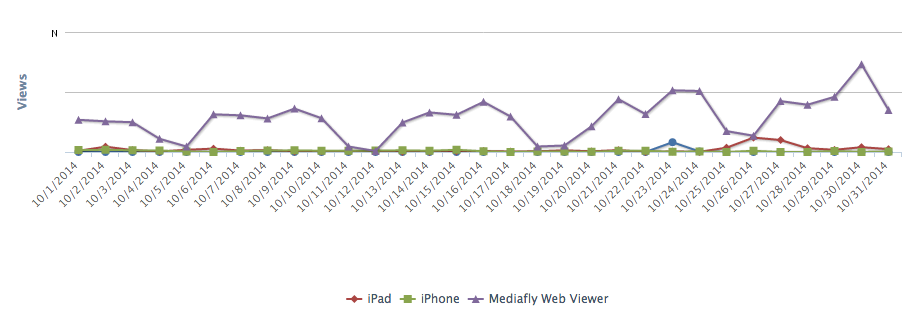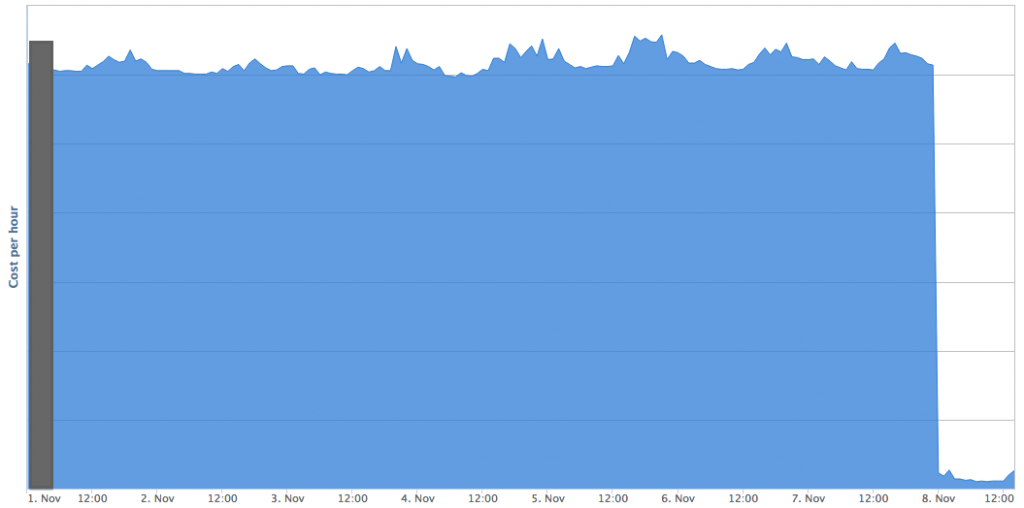Most of my writing these days is on LinkedIn and Twitter/X.
Cross-posted from LinkedIn:
Today marks the last day in my 14 year journey with Mediafly.
When I joined, I thought this would be a 2-4 year job. I joined as employee # 9, and have had the good fortune of participating in growing this company to hundreds of employees. I’ve experienced a whole career of experiences during that time, including helping sell and service to the world’s largest companies; building world-class Engineering and Product teams that rival some of the best I’ve ever worked with; completing and integrating 8 acquisitions; successfully guiding us through intense technology audits; and building scalable processes that will far outlast my tenure.
I met Carson, Mediafly’s founder and co-CEO, while at a previous startup where we did a joint project together. After a year of consulting for Mediafly, Carson and the team closed our first enterprise customer, RE/MAX, and I decided to join full-time. During these 14 years, Carson, your force of positive energy brought us through the good times and the bad.
I’m thrilled that Kelly Anderson is taking over as Chief Technology Officer. Kelly was the VP of Engineering for the largest of our engineering teams, and is fantastic with people and process. Kelly, Mediafly is so lucky to have you and for you to step into this role!
Carson, Mary, James, and the rest of the leadership team with whom I worked closely: you have a talented team at Mediafly. I’m so excited to watch where you all progress as I follow my path down this fork in the road. And to my friends I leave behind: I’m rooting for you all!
As for me, after taking a much needed break, I plan to dive back into entrepreneurship. I am exploring buying a small business, or starting one. Likely, but not necessarily, software. Stay tuned and stay in touch!






